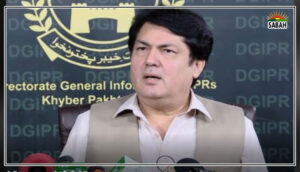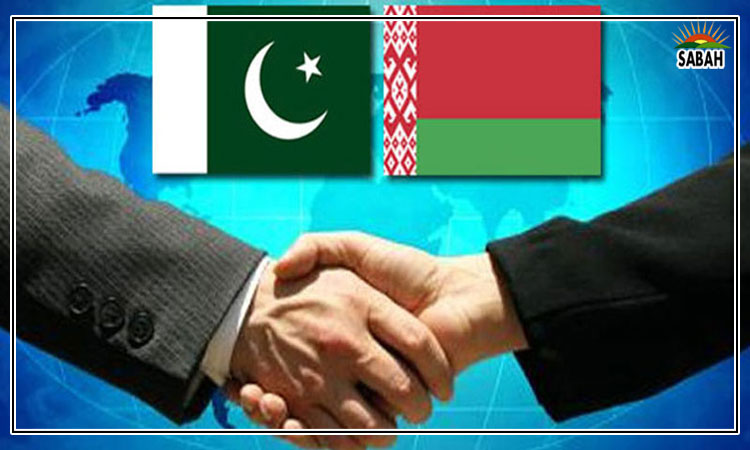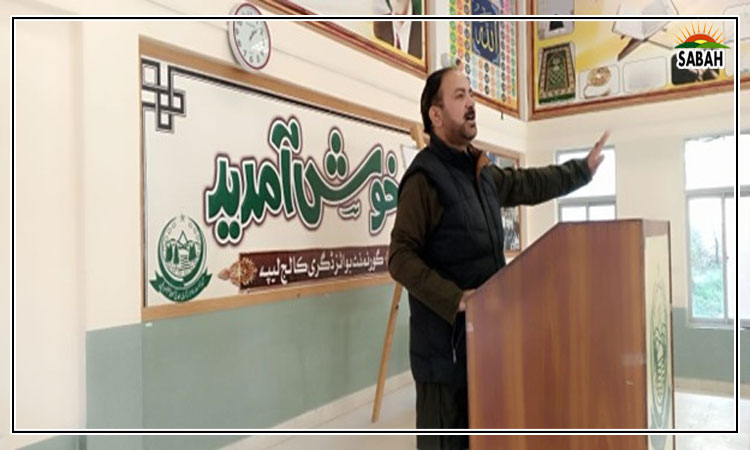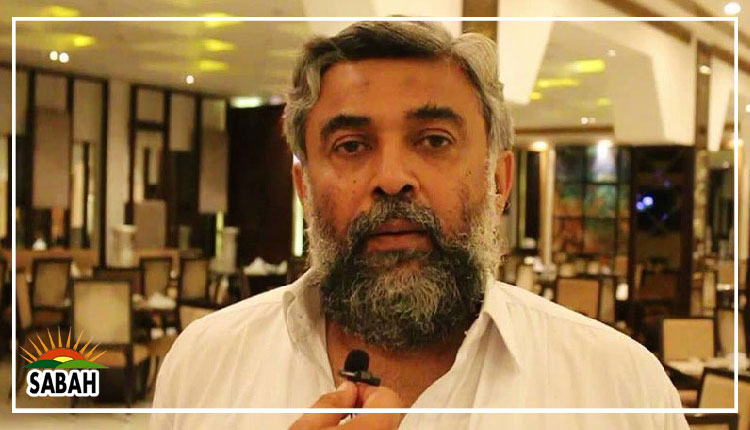Rocks and crops…..By Khaqan Hassan Najeeb
COUNTRIES have to earn their way to prosperity by building up their productive capacity. Mining the earth for natural resources is a profitable business strategy employed by many nations. Australia has perfected this model of digging the earth and exporting its natural wealth to the world. This led to a hefty trade surplus of Australian dollars 136 billion (US$92bn) in FY22.
According to Monash University trade expert Giovanni de Lieto: Australia sells rocks and crops to the world. Its mineral exports include coal, iron ore, gold and natural gas. Its agricultural exports comprise cotton, wool, beef, chickpeas, lentils, sugar and wine.
The mineral sector has been a key source of earning for many countries, including China, Turkey, Italy, Brazil, Botswana and South Africa. Pakistan is also endowed with sizeable natural wealth. It has the worlds second-largest salt mines. It also has coal deposits and one of the largest copper and gold reserves. Balochistan is especially blessed with copper, gold, lead, zinc, iron ore, magnetic sands and stones. Reko Diq in Balochistan is one of the worlds largest underdeveloped copper-gold deposits, with an estimated cumulative revenue of over $100bn over 50 years.
However, Pakistan has missed the opportunity to tap its potential. The mineral sector contributes approximately three per cent to GDP, and posted a negative growth of 4.5pc in FY22.
Pakistans mineral wealth can be a key source of income.
Pakistan did explore its earth for natural gas at an early stage. However, the last decade has seen even gas output fall by 21pc, with new exploration a distant dream. An economy grappling with a balance-of-payments crisis spent an untenable $5bn on gas imports in FY22.
To tap its mineral wealth, Pakistan must develop uniform and investment-friendly, national and provincial mineral policies with a smart regulatory framework. Other areas which can form an ecosystem for mining are the connectivity infrastructure, access to finance, a mechanism for mining collateralisation, and the provision of geological databases for global investors. Exploration can be the next big frontier for Pakistan.
Agriculture is another neglected area with substantial potential of enhancing the overall productive capacity of the economy. It contributes 22.7pc to GDP and employs 37.4pc of the labour force.
It is astonishing to see the yield gap between Pakistans and the worlds best in some of our major crops. Pakistans yields range from approximately 19pc in cotton, 20pc in maize, 23pc in rice, 28pc in wheat and 56pc in sugarcane when compared to world leaders.
Improving agri-sector productivity can have many benefits. It is advisable to focus on four key areas: farm mechanisation can improve spraying, seeding and transportation; precision farming using modern information technologies can ensure optimum inputs for production; hybrid seeds can increase per acre yield; and artificial intelligence can help in analysing crop data, assessing plant disease and soil health. Logistic infrastructure and the judicious use of water can supplement productivity efforts.
Policymakers have to adapt to the times for any worthwhile transformation of the agriculture sector. The state must reorient its role and raise research spending, which is just 0.18pc of GDP, to upgrade research organisations and agriculture universities. It is unacceptable that a formal mechanism for connecting research organisations with farmers to upskill them still eludes us. Meaningful reforms can limit the role of the state to maintaining strategic reserves and easing regulation. Sound policy can realign incentives to improve cropping patterns and deregulation can allow markets to discover the price of wheat and sugarcane.
Preferential financing schemes like the Temporary Economic Refinance Facility alone provided Rs570bn at a concessionary rate of 1pc for 10 years to large industrial sectors. At the same time, the agriculture sector remains acutely under-banked with reportedly less than 20pc of farmers having access to bank financing. The central bank must forge a framework for finances to flow to this sector.
Its tragic but true that the country has been losing ground in export markets. Pakistans export-to-GDP ratio is down from a respectable 16pc at the start of 2000 to under 10pc in FY22. Pakistani firms are becoming inward-looking, as rightly highlighted by the World Bank in its development update 2021. Serious work in the areas of energy, market access and making firms innovative and upskilling them as well as a well-thought-out tariff policy can improve Pakistans export competitiveness.
An export strategy based on rocks and crops needs to be nurtured, watered and tended. Sustained effort can build up the economys productive capacity in order to take the country out of a perpetual balance-of-payments crisis.
Courtesy Dawn












